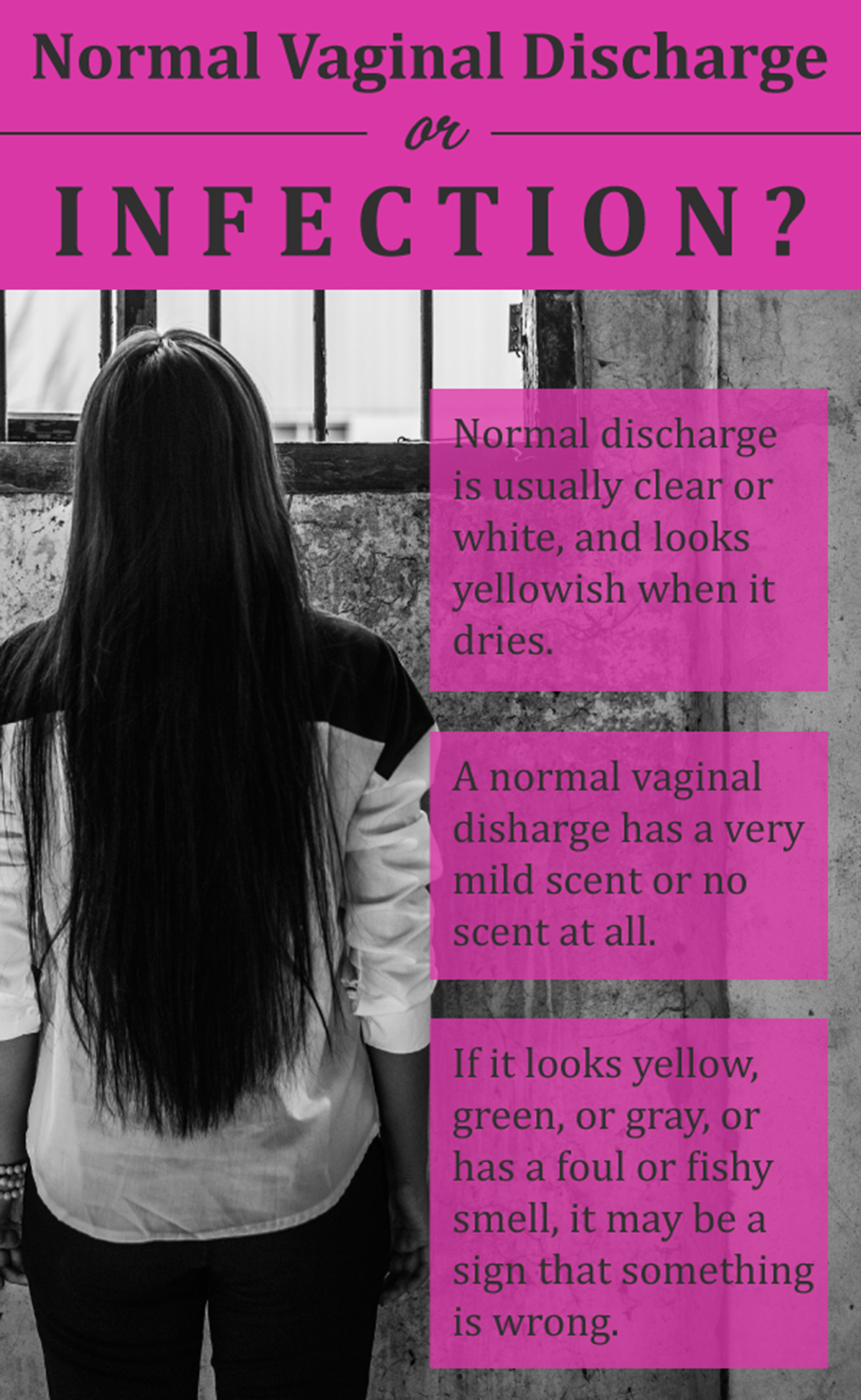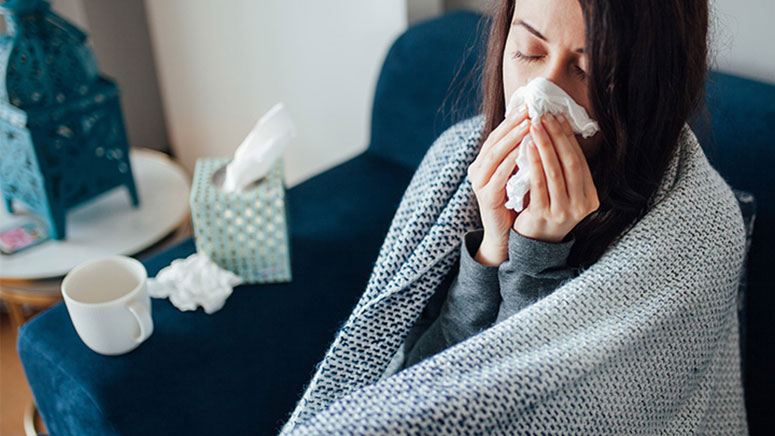Table of Content
Just like our patient care we challenge the status quo from employer based principles as well. Modifies behavior and work methods in response to new information, changing conditions or unexpected obstacles. Demonstrates ability to learn, conform with and perform new responsibilities as health care changes. Monitors complaints, tracts and retains per agency policy and procedure. Provides results of findings to teams/departments and upon request, collaborating with the manager to develop improvement initiatives.
The next several years will be critical for developing surveillance systems for home care. Additional studies and reports are needed to improve knowledge of the risk factors for home-care acquired infections. We also need to study the effects of the current empiric practices for preventing such infections. Hospital-based infection control professionals must support and guide their home-care colleagues to develop an evidence-based approach to infection control in home care. A scientific approach will help identify valid risks and successful risk-reduction strategies, as well as improve the quality of care and preserve resources.
Registered Nurse RN Infection Control
Where possible, the patient should wear a medical mask whilst awaiting assessment, or for any movement outside of the single room, along with strict adherence to respiratory hygiene and cough etiquette. Droplet Precautions are required when interacting with people known or suspected to have infections or diseases that can be spread by droplets. Perform hand hygiene before and after touching a patient/client, before and after clean or aseptic procedures, after touching patient surroundings, as well as before and after putting on and taking off PPE. Hand hygiene means washing your hands with soap and water for at least 20 seconds and drying them for 20 seconds. You can also use hand sanitiser if soap, water and paper hand towels are not available, and if your hands are not visibly dirty. If you use hand sanitiser, cover all the surfaces of your hands and rub them together until they feel dry.
Measures of intravenous catheter-related bloodstream infections range from 1.1 per 1,000 catheter days to 4.2 per 10,000 catheter days . Data from these studies must be interpreted with caution, however, since surveillance in this area is in its initial stages and definitions and methods are not uniform. More studies are in progress, and eventually there will be consensus on such issues. Without valid data on the incidence of home-care acquired infection and analysis of risk factors, developing control efforts is difficult. Thus, initial resources must be directed toward developing measurement systems. Definitions and methods for the surveillance of nosocomial infection cannot be readily applied to home care.
National Infection Prevention and Control Strategy
Infection control prevents or stops the spread of infections in healthcare settings. This site includes an overview of how infections spread, ways to prevent the spread of infections, and more detailed recommendations by type of healthcare setting. Dr. Lee RevereThe University of Florida College of Public Health and Health Professions leads a new project designed to provide support and education in infection control and prevention for Florida’s nursing homes and long-term care facilities. In order to provide infection control in the home care setting, one must understand how infections are transmitted. Direct contact involves the direct physical transfer of germs from person to person by body-to-body contact or surface-to-body contact.

Based on identified need areas, the team will create 10 unique learning collaboratives for nursing home and long-term care employees to learn and share best practices in infection prevention and control. These learning collaboratives will focus on areas identified as critical to the ongoing success of managing infection, including the spread of COVID-19. Learning collaborative topics will likely include quality improvement, policies/procedures/protocols, antibiotic stewardship, the built environment, and more. The rationale and strategy for use of precautions in home care differ substantially from those applied in hospitals . In most cases, the use of gowns, gloves, and masks in the care of homebound patients is recommended to protect the health-care provider, not the patient. In addition to standard precautions, care givers in the home may need to use masks only when caring for patients with pulmonary tuberculosis.
Other health websites
Wear well-fitting source control (e.g., medical mask) when in close contact with others at home. People with mpox who do not require hospitalization should follow CDC’s Isolation and Prevention Practices for People with Mpox. Health Care Equity Drive performance improvement using our new business intelligence tools.

A modestly lower number of patients who were treated with molnupiravir sought further GP care following the trial (20% of molnupiravir patients compared to 24% of the control group). Approximately half the patients in the trial received 800mg molnupiravir twice daily for five days, which was taken at home, in addition to standard care. Previous studies suggested that molnupiravir is effective at reducing hospital admissions in patients with mild to moderate COVID-19 and WHO recommends its use for patients with the highest risk of hospital admission.
RN Hospice
It does not store any personal details other than the language the user has changed . If the site default language is the only language, the language cookie is not created. Corona Information Special vaccination campaigns Check out the dates of upcoming special vaccination campaigns in Frankfurt. For the hospitalisation incidence and intensive care bed occupancy in Hesse, seeregularly updated figuresExternal Link. Use this form if you have come across a typo, inaccuracy or would like to send an edit request for the content on this page.
If there is not a separate bathroom in the home, the patient should clean and disinfect surfaces such as counters, toilet seats, faucets, using an EPA-registered disinfectant after using a shared space. This may include during activities like showering, using the toilet, or changing bandages that cover the rash. Consider disposable glove use while cleaning if rash is present on the hands.
It’s recommended that artificial nails be avoided while working with patients, because germs often become trapped under the nails, increasing the risk for infection. Gloves can also be worn when working with patients, to reduce the risk of infection. The hands should be cleaned before and after coming into contact with a patient. Colonization with multidrug resistant organisms determines the clinical course of patients with acute myeloid leukemia undergoing intensive induction chemotherapy. In addition, seven patients in the control group did not reach recovery within the 28 days of follow up.
Arbitrary instructions to discard irrigation fluids at set intervals (e.g., every 24 or 48 hours) are not helpful. Even without reliable surveillance data, we know that infection prevention and control in home care is quite different from that in acute care. The home-care patient may have less clinical "acuity" (i.e., intensity or degree of care needed) but may have substantial host risk factors, including advanced age, chronic illness, or immunosuppression. Much of home care is provided by family members in a setting that is much less structured and controlled than the hospital environment. Nonetheless, basic principles of prevention and control can be adapted and applied with large doses of realistic risk assessment and common sense. Some of these practices are not only unnecessary but also costly (e.g., routine changing of urinary drainage bags every 30 days).
Review and discuss infection control measures with your doctor and visiting nurse if an invasive medical procedure is planned. Wounds – Continually educating staff - and patients - about standard precautions during wound care is a vital component to reducing risk of infection. With precautions and patient teaching, wound infection can be avoided. Inform your patients about potential risk of infections and teach them ways to prevent infections during the course of care. Ongoing reminders and continuous education as they advance through their course of care keep risks and prevention efforts top of mind. Obtain useful information in regards to patient safety, suicide prevention, infection control and many more.

In addition, the integration of IPC measures at all levels of health services is also necessary to achieve the objectives of IPC programs. For the project, UF will gain an understanding of the state of infection control and prevention in nursing homes and long-term care facilities across Florida through a comprehensive needs assessment survey. The UF team will also review individual infection control and staffing plans from select facilities around the state. Put signage at the entrance to health care facilities instructing people with acute respiratory symptoms to practice respiratory hygiene and cough etiquette, and alert staff to their symptoms.
What once involved making patients comfortable and monitoring them at home has now expanded to include invasive procedures and ventilator support, along with other care methods. As the procedures and care provided by home care officials increases, the need to provide a safe environment increases as well. By following the proper procedures, the risk for infection becomes greatly reduced.

The agency also highlighted the 'importance of early recognition, diagnosis, and appropriate treatment' of Strep A in both adults and children. The CDC does not track Strep A at a national level, so it is impossible to know daily case figures. Across the pond, 21 children have died from the illness in the UK - and US officials fear this outbreak will reach the same levels stateside. Leading US officials issued a warning about a Strep A outbreak spreading across America - a sign officials are worried the bacterial infection will continue to surge in the coming months. The language cookie is only set if the user switches language on the website which is a default feature in Sitecore and cannot be disabled OOTB.

No comments:
Post a Comment